Home>Interior Design>The First Thing Interior Designers Notice In A Bedroom
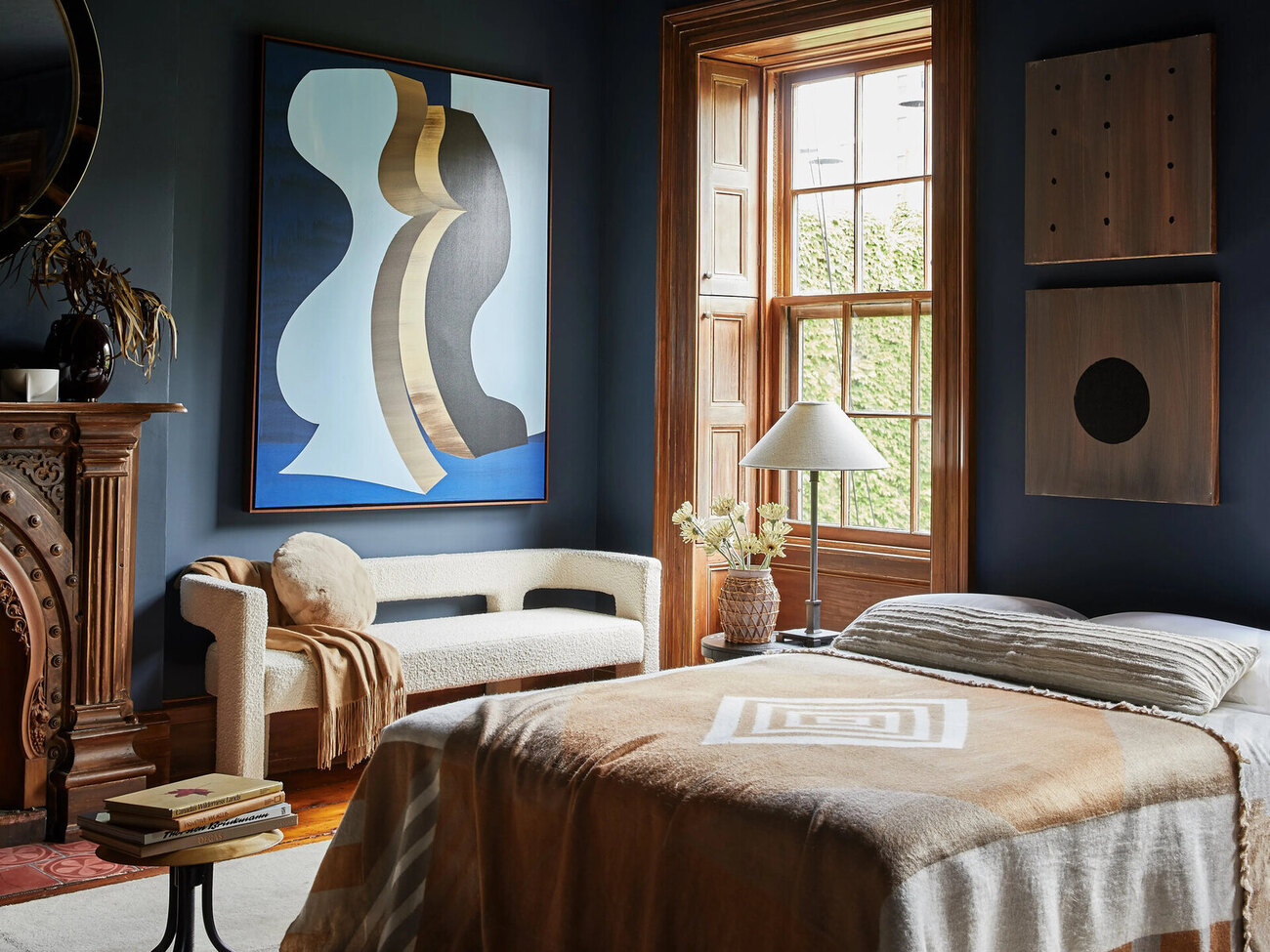

Interior Design
The First Thing Interior Designers Notice In A Bedroom
Modified: October 19, 2024
Discover what interior designers are instantly drawn to in a well-designed bedroom. Enhance your space with expert tips and ideas for interior design.
(Many of the links in this article redirect to a specific reviewed product. Your purchase of these products through affiliate links helps to generate commission for Storables.com, at no extra cost. Learn more)
Introduction
Welcome to the world of interior design, where creativity meets functionality and aesthetics. When it comes to designing a bedroom, every element has a significant impact on the overall look and feel of the space. From the color scheme to the furniture placement, each detail contributes to creating a harmonious and inviting atmosphere.
As an experienced interior designer, I understand that the first impression of a bedroom is crucial. It sets the tone for the rest of the design and creates a sanctuary where one can unwind and recharge. In this article, I will walk you through the key things that interior designers notice when they enter a bedroom, providing you with valuable insights and inspiration for your own space.
So, let’s dive in and explore the elements that make a bedroom truly remarkable!
Key Takeaways:
- Interior designers prioritize color scheme, lighting, and furniture placement to create a harmonious and inviting bedroom. These elements set the tone, enhance functionality, and promote relaxation for a peaceful sanctuary.
- Attention to detail in bedding, window treatments, accessories, flooring, and overall layout ensures a visually appealing and functional bedroom design. Interior designers curate elements that reflect the homeowner’s style and provide a cozy haven for rest and rejuvenation.
Color Scheme
One of the first things that catch an interior designer’s eye in a bedroom is the color scheme. Colors have the power to evoke emotions and set the mood of a space. The choice of colors in a bedroom can greatly impact its overall ambiance and functionality.
When assessing the color scheme, designers look for a cohesive and balanced combination of hues. They consider how the colors interact with each other and how they relate to the room’s purpose. For example, a bedroom designed for relaxation may feature calming and soothing colors like soft blues, greens, or muted neutrals.
Alternatively, a more vibrant and energetic color scheme may be suitable for a bedroom designed for children or individuals who desire a lively atmosphere. In these cases, designers may incorporate bold accents or playful patterns to create a visually stimulating environment.
Moreover, lighting plays a significant role in how colors appear in a room. Natural light can enhance the tones and hues, while artificial lighting can create a different ambiance altogether. Experienced designers take these factors into consideration when selecting the color scheme, ensuring that it complements the room’s lighting conditions.
In recent years, neutral color palettes have gained popularity in bedroom design. Shades of white, beige, and gray create a clean and serene atmosphere, allowing for easy integration of various decor styles. However, designers also experiment with pops of color to add personality and visual interest to the space.
Ultimately, the color scheme sets the foundation for the overall design direction of the bedroom. It sets the tone, creates a mood, and can even have a psychological impact on the occupants. It’s essential to choose colors that not only appeal to your personal taste but also promote relaxation and tranquility.
Lighting
Another important aspect that interior designers pay close attention to when entering a bedroom is the lighting. Lighting can dramatically transform the mood and functionality of a space, so designers strive to create a well-balanced and versatile lighting plan.
Natural light is highly valued in bedroom design as it creates a sense of openness and connection to the outside world. Designers assess the position and size of windows, as well as the availability of natural light throughout the day. They may recommend the use of sheer curtains or blinds to allow for privacy while still allowing natural light to filter into the room.
In addition to natural light, artificial lighting plays a key role in enhancing the ambiance of a bedroom. A combination of ambient, task, and accent lighting is typically utilized to achieve optimal illumination and functionality.
Ambient lighting provides overall illumination to the bedroom, creating a warm and inviting atmosphere. This is typically achieved through ceiling-mounted fixtures, such as chandeliers, flush mounts, or recessed lights. Interior designers consider the size of the room and the desired level of brightness when selecting and placing ambient lighting fixtures.
Task lighting is essential for specific activities, such as reading in bed or applying makeup. Designers may recommend bedside lamps, wall-mounted sconces, or adjustable task lights to provide focused illumination where it is needed most.
Accent lighting adds a touch of drama and visual interest to the bedroom. It can be used to highlight architectural features, artwork, or decorative elements. Interior designers often incorporate wall-mounted picture lights, recessed spotlights, or even LED strip lights to create a subtle and captivating ambiance.
When designing the lighting plan for a bedroom, designers also consider the use of dimmers and smart lighting systems. These allow for adjustable lighting levels to create the desired mood and can be controlled conveniently with a smartphone or voice commands.
Overall, lighting plays a significant role in enhancing the functionality and ambiance of a bedroom. Designers carefully assess the natural and artificial lighting options available, ensuring that the lighting plan caters to the occupants’ needs and preferences.
Furniture Placement
The placement of furniture in a bedroom is a critical aspect that interior designers pay close attention to. Proper furniture placement can greatly impact the flow and functionality of the space, maximizing comfort and aesthetic appeal.
When entering a bedroom, designers first evaluate the size and layout of the room. They take note of any architectural features, such as windows, doors, or alcoves, that may influence the placement of furniture. It is important to create a sense of balance and proportion in the room, ensuring that the furniture does not overwhelm or overcrowd the space.
The bed, as the focal point of the bedroom, is typically positioned against a wall or centered in the room. Designers consider the size of the bed in relation to the room and ensure that there is enough space to move around comfortably. They may recommend a specific bed frame style and headboard design that complements the overall aesthetic of the room.
In addition to the bed, designers assess the need for other essential furniture items such as a nightstand, dresser, desk, and seating area. These items are strategically placed to create a functional and visually appealing arrangement. For example, nightstands are often positioned on either side of the bed, providing convenient storage and a surface for bedside essentials.
Furthermore, designers consider the circulation flow within the room. They ensure that there is easy access to all furniture pieces and that there is enough space for movement. This includes leaving ample room to open and close doors, as well as creating clear pathways from the entrance to different areas of the bedroom.
When determining furniture placement, designers also take into account the specific needs and lifestyle of the occupants. For example, if the bedroom doubles as a workspace, a desk may be incorporated into the design, placed in a location that allows for a comfortable and productive work environment.
Overall, furniture placement in a bedroom is a careful balancing act between functionality and aesthetics. Interior designers consider the size and layout of the room, architectural features, and the specific needs of the occupants to create a well-designed and harmonious space.
Bedding and Pillows
When it comes to creating a cozy and inviting bedroom, interior designers know that the choice of bedding and pillows can make all the difference. These elements not only add comfort but also contribute to the overall aesthetic appeal of the space.
Designers pay close attention to the quality and texture of the bedding materials. They consider factors such as thread count, fabric type, and durability when selecting sheets, duvet covers, and pillowcases. High-quality materials, such as Egyptian cotton or linen, are often favored for their softness, breathability, and longevity.
The color and pattern of the bedding are also important considerations. Interior designers aim to create a cohesive and harmonious color scheme, ensuring that the bedding complements the overall design palette of the bedroom. They may opt for solid-colored bedding for a clean and minimalist look, or choose patterns and prints that add visual interest and personality to the space.
When it comes to pillows, designers understand the importance of selecting the right type and quantity. The choice of pillows depends on personal preference, but designers often recommend a combination of pillows with different levels of support. This may include standard pillows, Euro pillows, decorative accent pillows, and even body pillows for extra comfort.
The arrangement of the pillows is also taken into consideration. Interior designers often use a layering technique to create a visually appealing and luxurious look. This typically involves placing larger pillows against the headboard or back of the bed, followed by smaller pillows and decorative accents in front.
Additionally, designers consider the functionality of the bedding. They may include features such as hypoallergenic materials, moisture-wicking properties, or temperature-regulating fabrics to enhance the sleep experience.
Ultimately, bedding and pillows play a crucial role in creating a comfortable and visually appealing bedroom. Interior designers carefully select high-quality materials, coordinate colors and patterns, and arrange pillows in a way that enhances the overall design aesthetic while promoting restful sleep.
When entering a bedroom, interior designers first notice the layout and flow of the space. They look for balance, functionality, and how the furniture and decor work together to create a cohesive and inviting atmosphere.
Window Treatments
Window treatments are an essential element in bedroom design, and interior designers pay careful attention to this aspect when assessing a bedroom. Window treatments not only provide privacy and light control but also add a decorative touch to the space.
When it comes to selecting window treatments, designers consider both the style and functionality. They take into account the size and shape of the windows, as well as the amount of natural light that enters the room. This helps them determine the most suitable type of treatment, whether it be curtains, blinds, shades, or a combination.
Curtains are a popular choice for bedroom window treatments as they offer versatility in terms of fabric, color, and pattern. Designers may recommend sheer curtains for a soft and ethereal look, or opt for heavier drapes to provide privacy and block out light. The color and pattern of the curtains are selected to complement the overall design scheme of the bedroom.
Blinds and shades are also commonly used to control light and privacy in the bedroom. They offer a more streamlined and contemporary look, and come in a variety of materials and styles. For example, roller blinds are sleek and practical, while Roman shades provide an elegant and tailored appearance.
In addition to selecting the right window treatment, designers also pay attention to the hardware and accessories. This includes choosing curtain rods, finials, and tiebacks that complement the style of the room. These small details can have a significant impact on the overall look and feel of the bedroom.
Furthermore, interior designers take into account the functionality of the window treatments. They may recommend options that are easy to operate, such as motorized blinds or cordless mechanisms, for convenience and safety.
Window treatments not only add a finishing touch to the bedroom design but also serve practical purposes. They control light and privacy, enhance energy efficiency, and contribute to the overall comfort and ambiance of the space. With the right selection and installation, window treatments can transform a bedroom into a cozy and inviting haven.
Accessories and Decor
Accessories and decor items are like the finishing touches that give a bedroom its unique personality and style. Interior designers pay close attention to these details, as they can elevate the overall design and create a visually appealing and cohesive space.
When it comes to accessories and decor, designers consider the overall theme or style of the bedroom. This helps guide their selection of items that will harmonize with the existing design elements. Whether it’s a modern, bohemian, or traditional style, designers curate accessories that enhance and reinforce the desired aesthetic.
One of the primary accessories in a bedroom is artwork. Designers often recommend selecting artwork that resonates with the homeowner’s personal taste and creates a focal point in the room. This can be a large statement piece above the bed or a gallery wall that showcases a collection of smaller artworks.
Furniture and decor accents, such as nightstand lamps, decorative pillows, and rugs, are also carefully chosen to complement the overall design. Designers consider the color, texture, and proportion of these items to create a cohesive and balanced visual appeal.
In addition to furniture and accessories, designers pay attention to the smaller details that can make a significant difference. This includes items like curtains ties, door handles, and light fixtures. These elements may seem insignificant on their own, but when carefully selected and coordinated, they contribute to a cohesive and well-designed space.
Plants and greenery can also play a role in bedroom decor. Designers often incorporate indoor plants to bring a sense of nature and freshness into the room. Whether it’s a small potted plant on a nightstand or a larger statement plant in the corner, the addition of greenery can add life and vibrancy to the design.
Lastly, personal touches and sentimental items can be incorporated into the decor. Interior designers understand the importance of creating a space that reflects the homeowner’s personality and story. This may involve displaying cherished photographs, heirlooms, or meaningful objects that evoke positive emotions.
Accessories and decor items are the icing on the cake when it comes to bedroom design. They add character, depth, and personalization to the space, making it truly unique and reflective of the homeowner’s style and preferences.
Flooring
When it comes to the elements interior designers notice in a bedroom, the flooring plays a crucial role in setting the tone and providing a foundation for the overall design. The right flooring choice can greatly impact the aesthetics, functionality, and ambiance of the room.
Designers consider various factors when choosing flooring materials for a bedroom. One important consideration is the overall style and design scheme of the room. For example, hardwood flooring is a popular choice for a classic or contemporary aesthetic, as it adds warmth and elegance to the space. On the other hand, carpeting can create a cozy and comfortable atmosphere, especially in bedrooms where comfort is a priority.
In addition to style, designers also take into account the durability and maintenance requirements of the flooring materials. Bedrooms experience heavy foot traffic, so it’s important to choose a flooring option that can withstand daily wear and tear and is easy to clean and maintain.
Another factor to consider is comfort. Many people enjoy the feeling of stepping onto a soft, plush carpet first thing in the morning. Carpeting can provide insulation, soundproofing properties, and a cozy underfoot experience. However, if you prefer a harder surface, options like laminate, vinyl, or hardwood flooring can be enhanced with area rugs or runners to add warmth and comfort.
Color and texture are also important aspects to consider when selecting flooring for a bedroom. Lighter-colored flooring can make the space feel more open and airy, while darker tones can add a sense of sophistication and coziness. As for texture, designers consider the overall design concept and choose flooring materials that complement the other elements in the room.
Ultimately, the choice of flooring for a bedroom is a combination of style, durability, comfort, and personal preference. It sets the stage for the entire design and can significantly affect the overall look and feel of the space. Whether you prefer the classic elegance of hardwood, the plushness of carpet, or the versatility of laminate or vinyl, the right flooring choice will enhance and elevate your bedroom design.
Overall Layout and Flow
When interior designers enter a bedroom, they consider the overall layout and flow of the space. The layout refers to the arrangement of furniture, while the flow refers to how easily one can move within the room. A well-planned layout and flow contribute to the functionality and visual appeal of the bedroom.
The first step in evaluating the layout is assessing the size and shape of the room. Designers take note of any architectural features, such as windows, doors, or alcoves, that may impact the placement of furniture and other elements. They also consider any space constraints and design solutions to maximize the available room.
Designers aim to create a balanced and harmonious layout that suits the purpose of the bedroom. They consider the focal point of the room, which is typically the bed, and arrange other furniture pieces accordingly. For instance, nightstands are often placed on either side of the bed, providing convenient storage and a surface for bedside essentials.
The flow of the room is crucial to ensuring easy movement within the space. Designers take into account the circulation paths and create clear pathways from the entrance to different areas of the bedroom. They ensure that there is ample space to move around furniture and that there are no obstructed areas that could impede the flow.
In addition to furniture placement, designers consider the location of light fixtures, electrical outlets, and other functional elements. They ensure that these are conveniently accessible and strategically placed to enhance the functionality of the room.
Interior designers also pay attention to the visual flow of the room. This involves creating a sense of balance and rhythm through the placement of furniture, accessories, and decor items. They consider the visual weight of each element and ensure that there is a cohesive and visually pleasing distribution throughout the space.
Furthermore, designers look for opportunities to optimize storage solutions within the bedroom layout. They may recommend built-in wardrobes, under-bed storage, or other creative storage options to maximize space and keep the room organized.
The overall layout and flow of a bedroom greatly impact its functionality and aesthetic appeal. Interior designers carefully consider the size, shape, and architectural features of the room when planning the layout. They aim for a well-balanced and visually pleasing arrangement of furniture, as well as an easy and uninterrupted flow throughout the space.
Conclusion
Designing a bedroom is a careful and thoughtful process, and interior designers pay attention to various elements to create a harmonious and inviting space. From the color scheme to the furniture placement, each detail plays a crucial role in the overall design and ambiance of the room.
Color scheme sets the tone, creates a mood, and evokes emotions. Interior designers carefully select colors that not only appeal to personal taste but also promote relaxation and tranquility. Lighting enhances the functionality and ambiance of the bedroom, with a combination of ambient, task, and accent lighting creating a well-balanced lighting plan.
Furniture placement ensures proper flow and functionality within the room. Designers assess the size and layout of the space, considering architectural features and creating a comfortable and visually appealing arrangement. Bedding and pillows add comfort and style to the bedroom, with designers choosing high-quality materials and coordinating colors and patterns.
Window treatments provide privacy and light control while adding a decorative touch to the space. Designers carefully select the right type of treatment, considering style, functionality, and the overall design scheme. Accessories and decor items add personality and style to the bedroom, with designers curating items that complement the overall theme and enhance the visual appeal.
The flooring choice sets the foundation for the design and greatly impacts the overall aesthetics and functionality of the room. Interior designers carefully select flooring materials that suit the style, durability, comfort, and maintenance requirements of the bedroom. Lastly, the overall layout and flow of the space are crucial to ensuring easy movement and a visually pleasing arrangement of furniture and elements.
In conclusion, interior designers have a keen eye for detail when it comes to designing a bedroom. They consider the color scheme, lighting, furniture placement, bedding and pillows, window treatments, accessories and decor, flooring, and the overall layout and flow of the space. By focusing on these key elements, designers create a well-designed and inviting bedroom that truly reflects the homeowner’s style and provides a peaceful sanctuary for rest and rejuvenation.
Frequently Asked Questions about The First Thing Interior Designers Notice In A Bedroom
Was this page helpful?
At Storables.com, we guarantee accurate and reliable information. Our content, validated by Expert Board Contributors, is crafted following stringent Editorial Policies. We're committed to providing you with well-researched, expert-backed insights for all your informational needs.
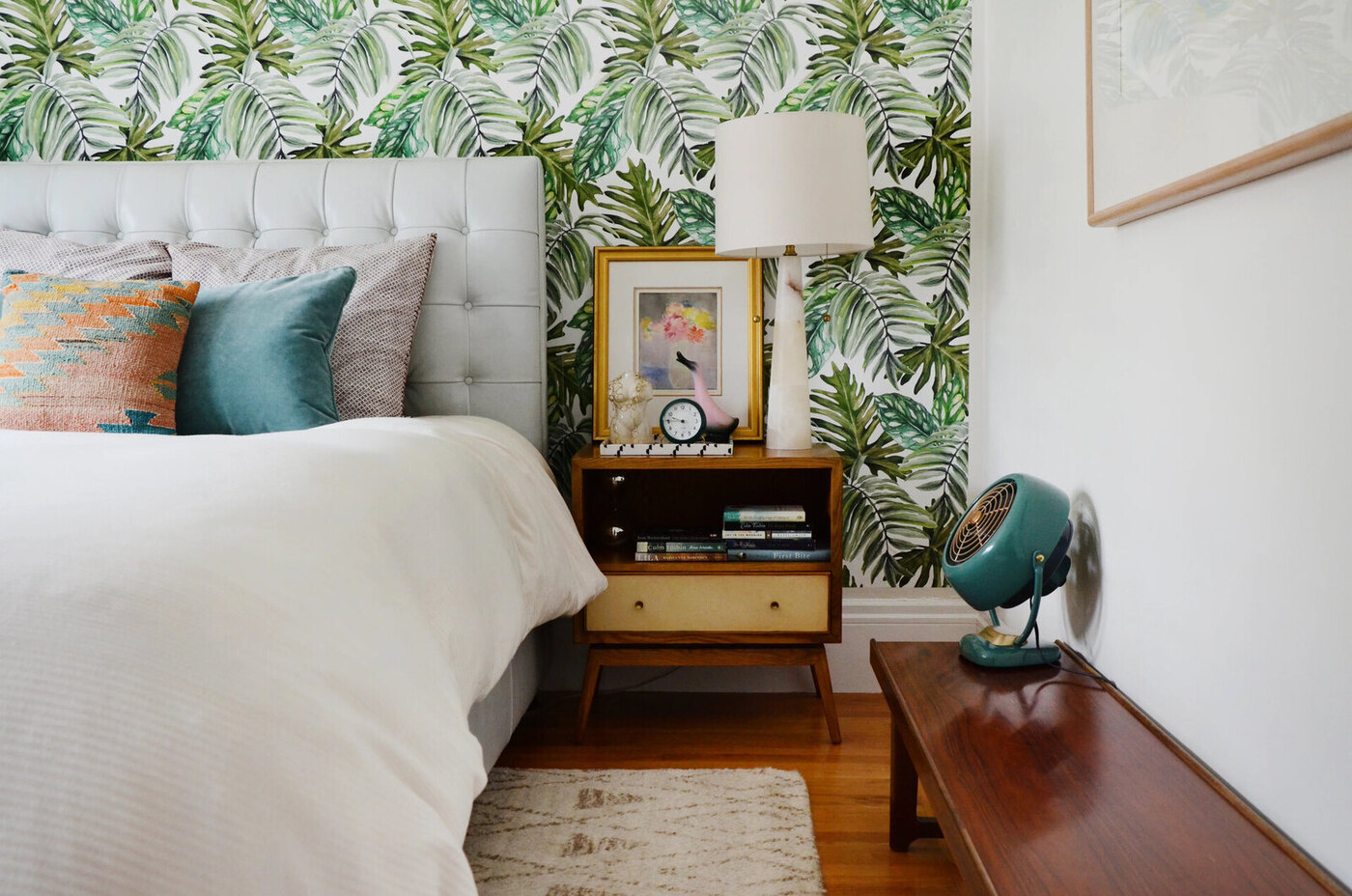
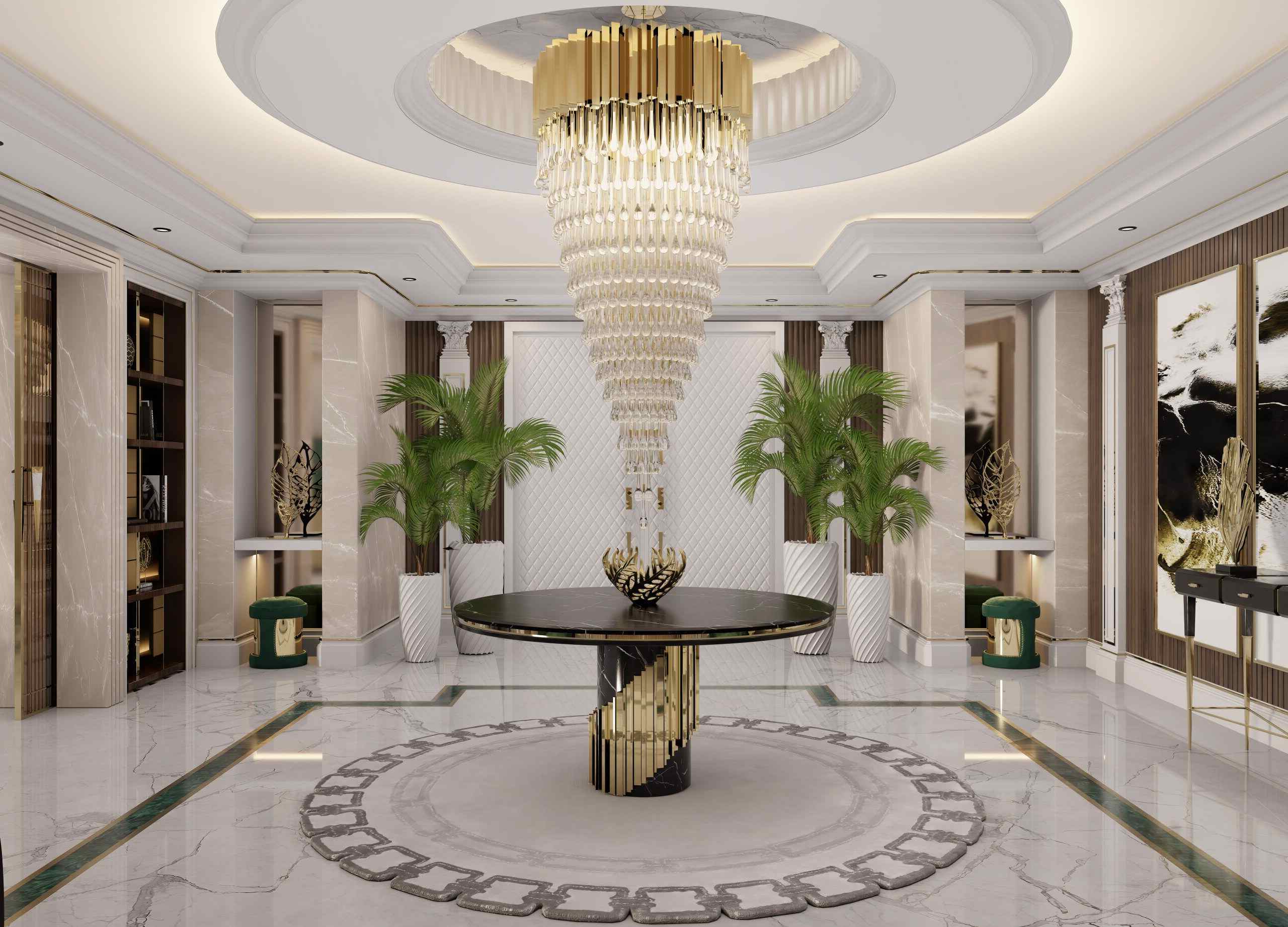
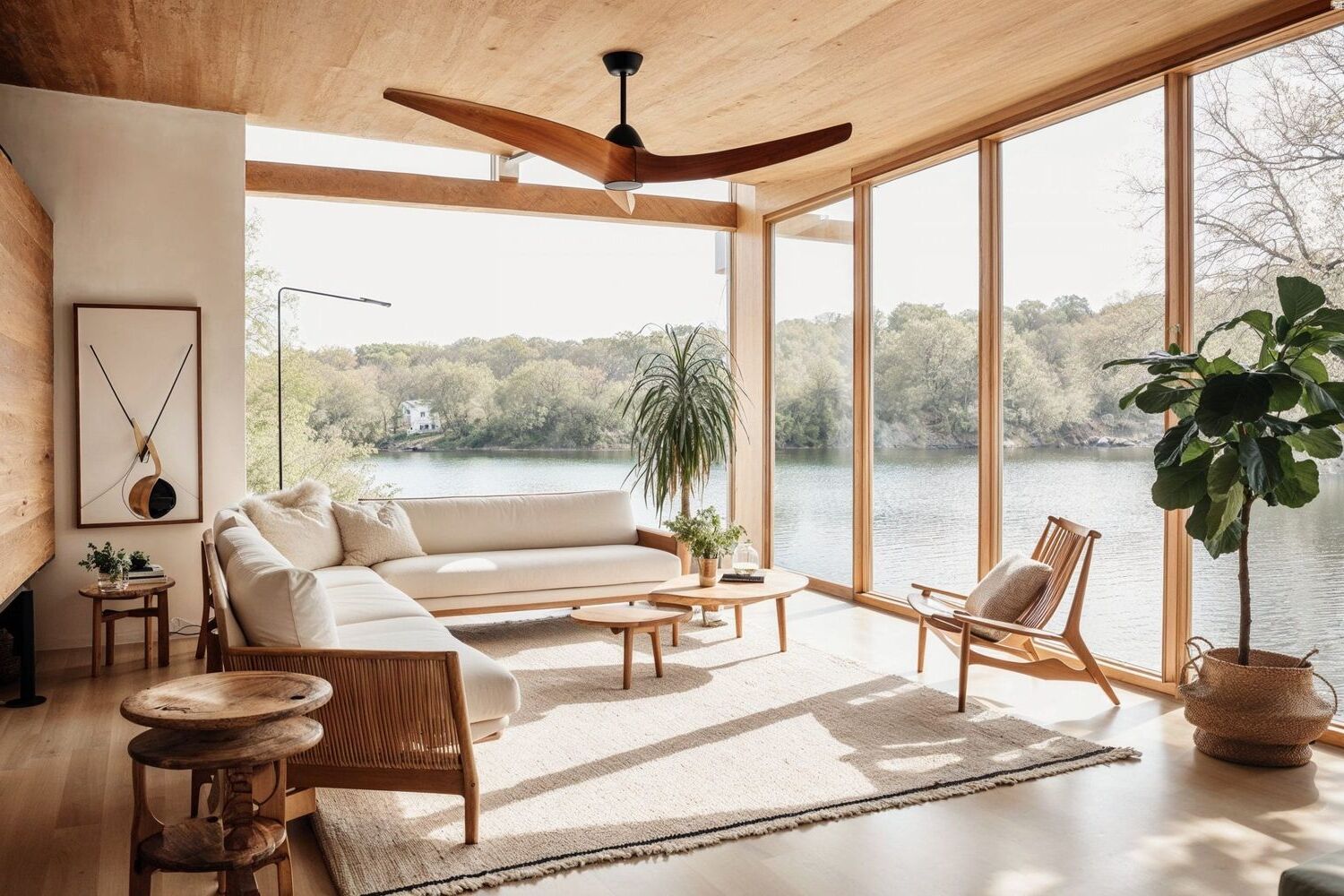
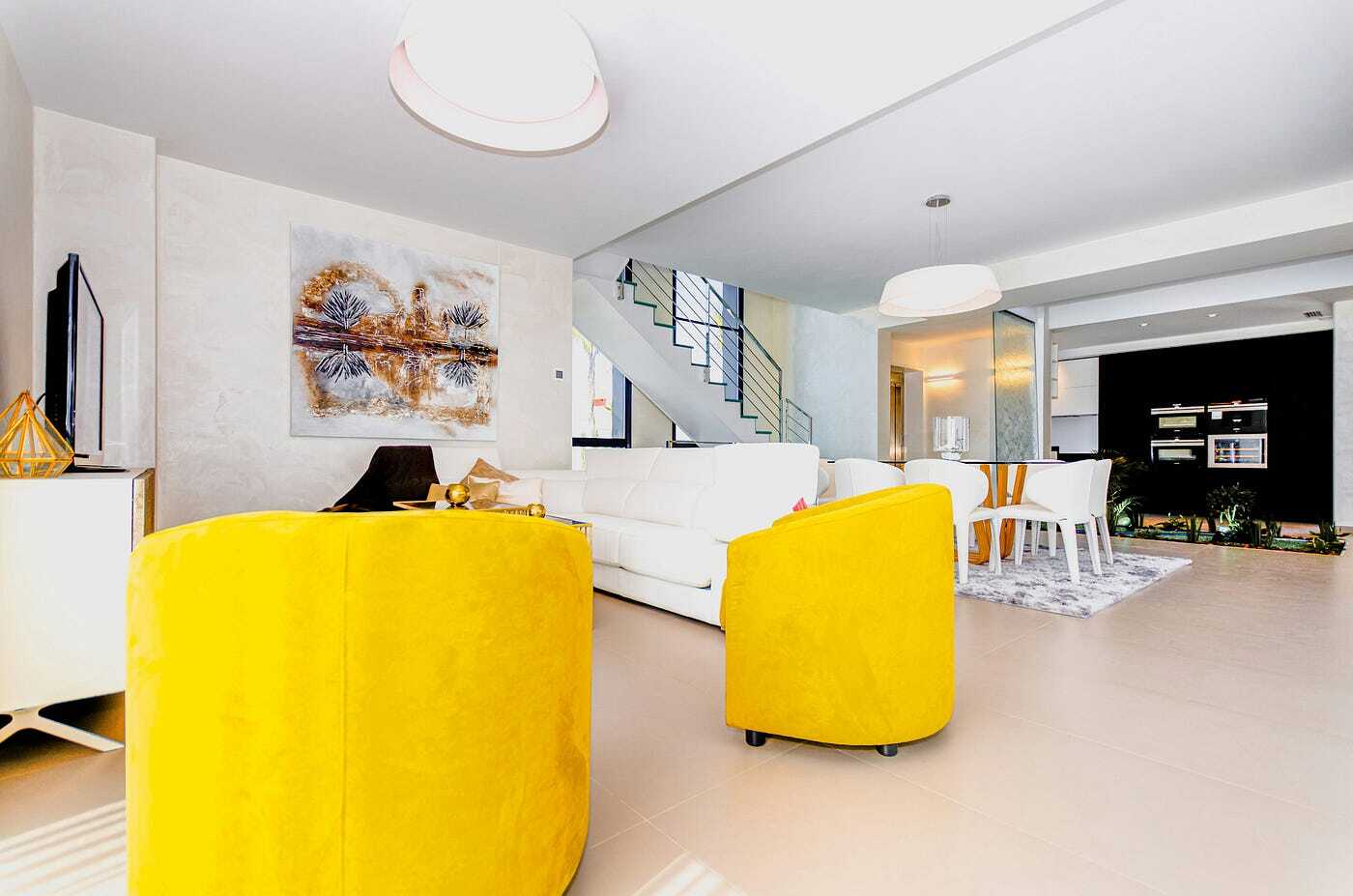
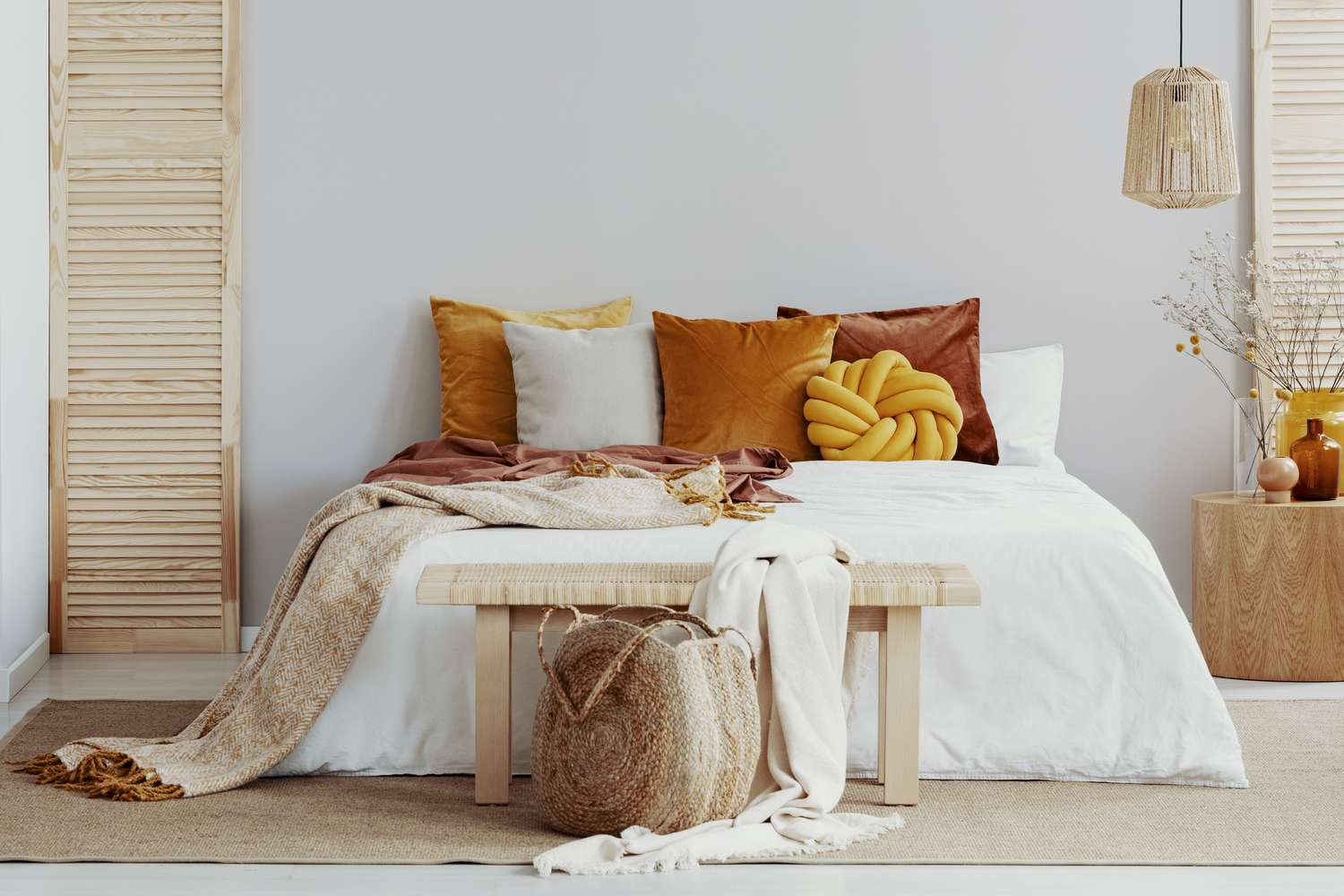
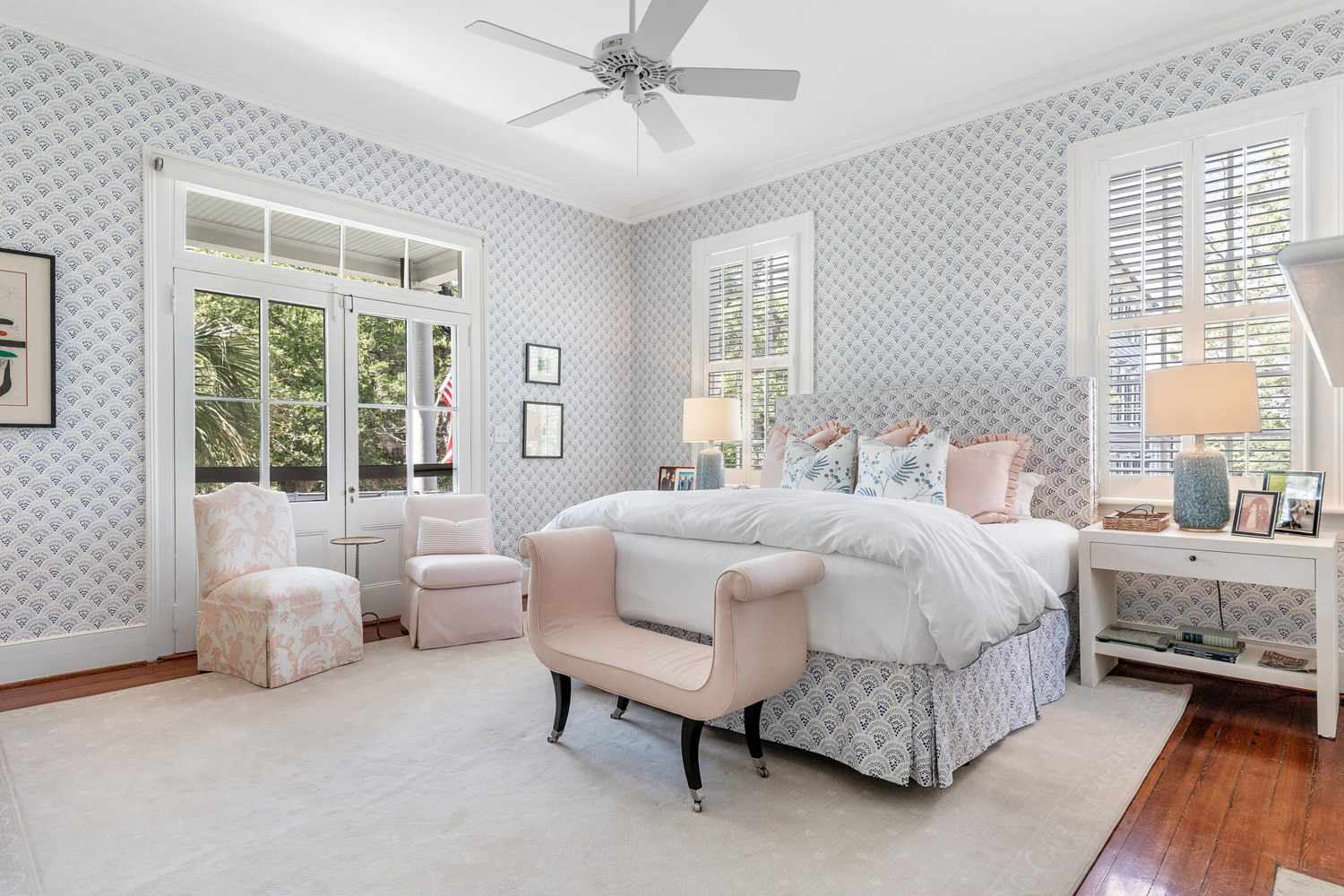
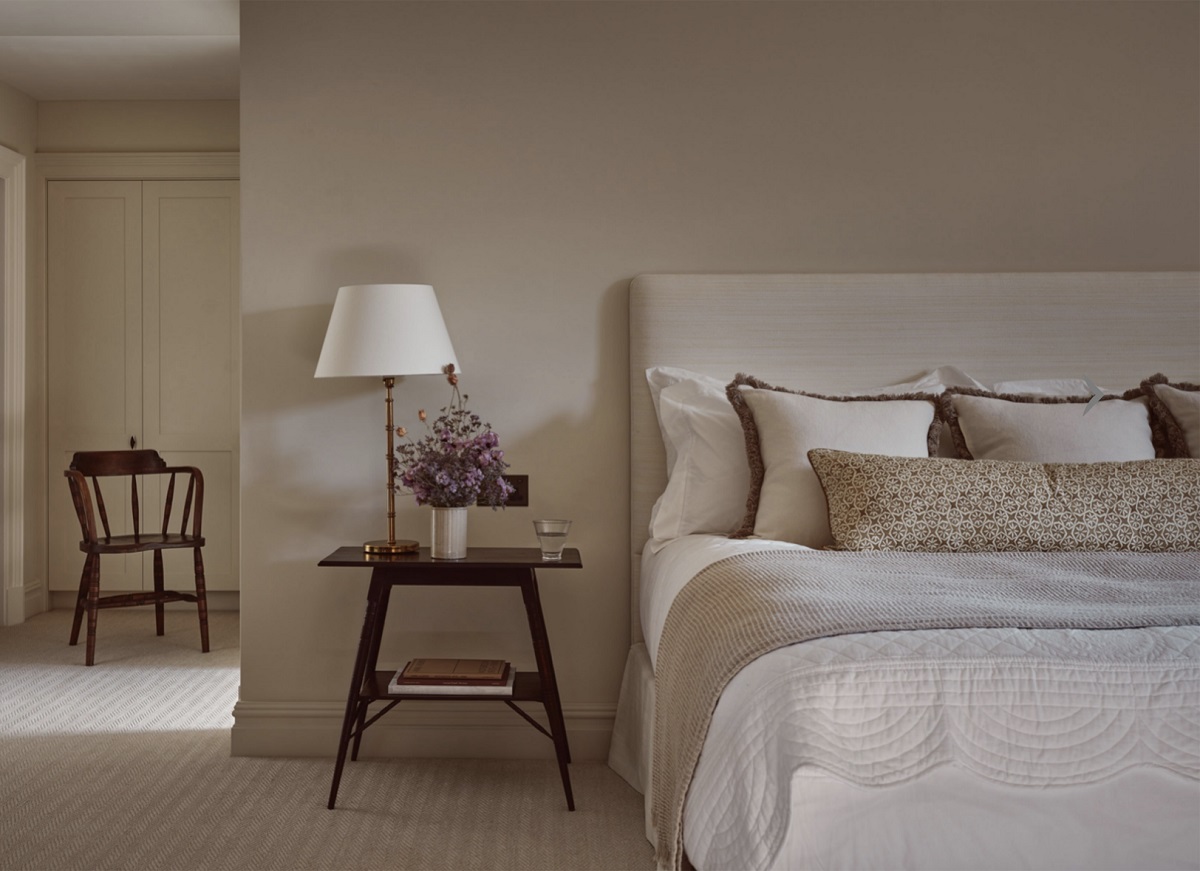
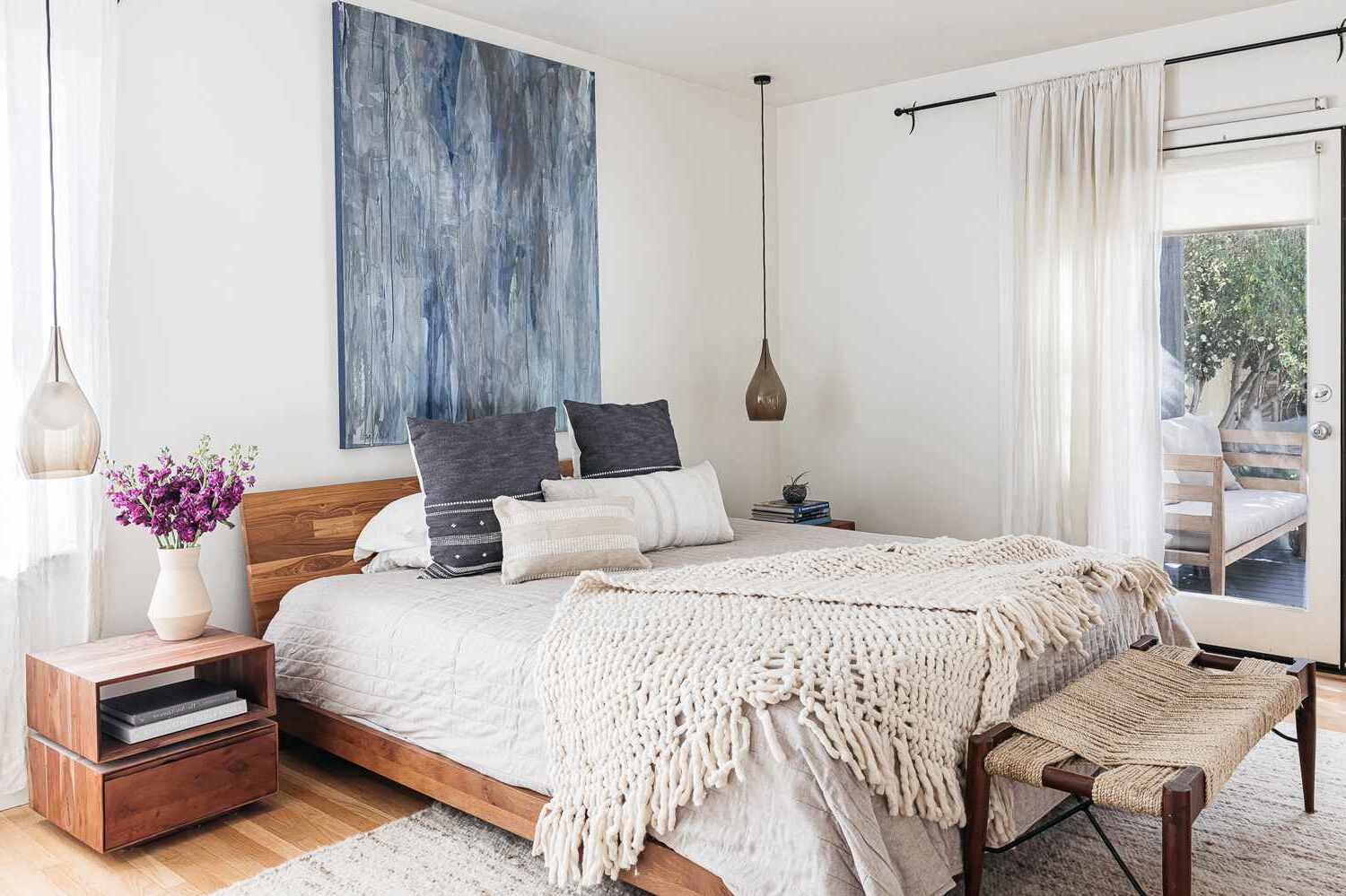
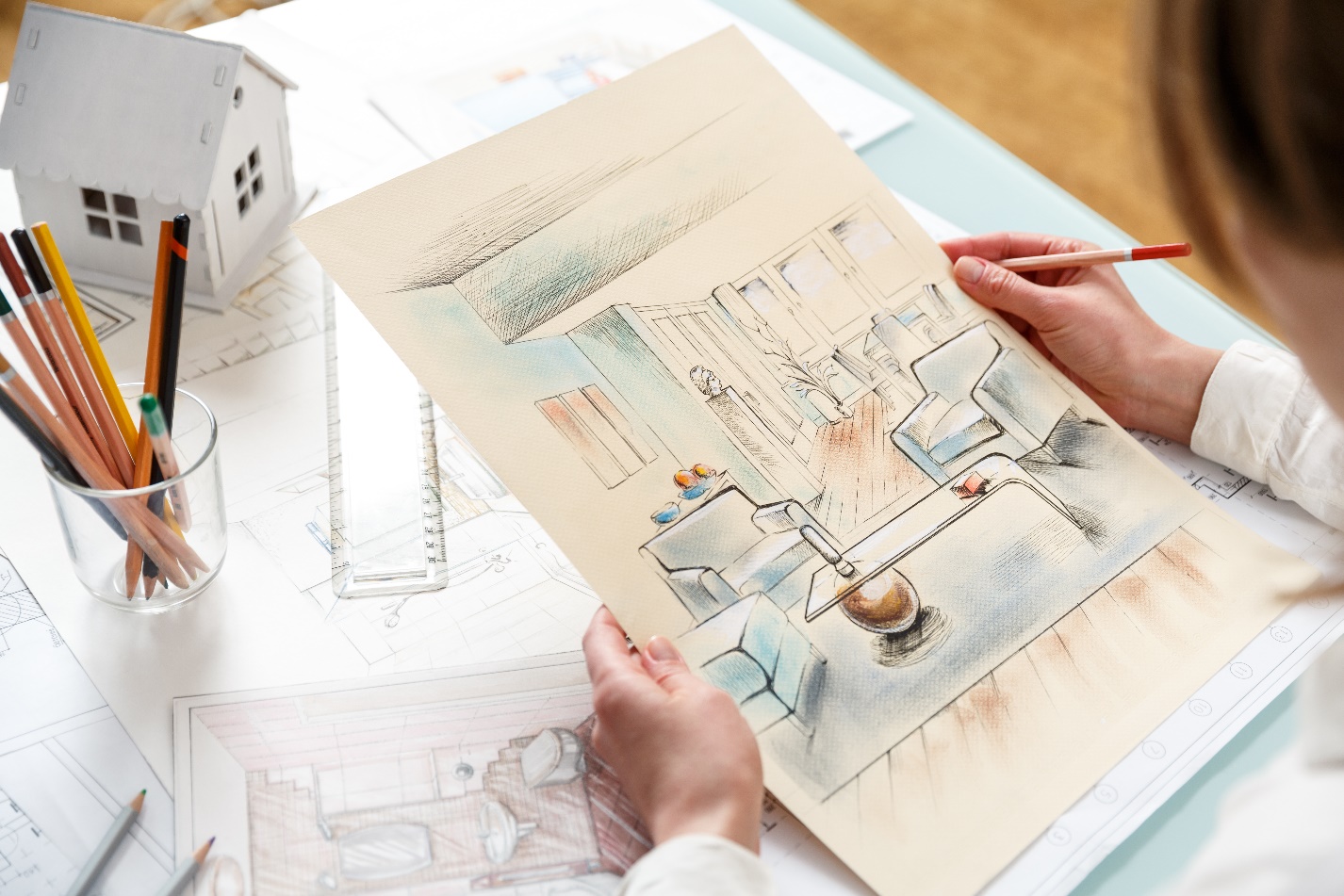
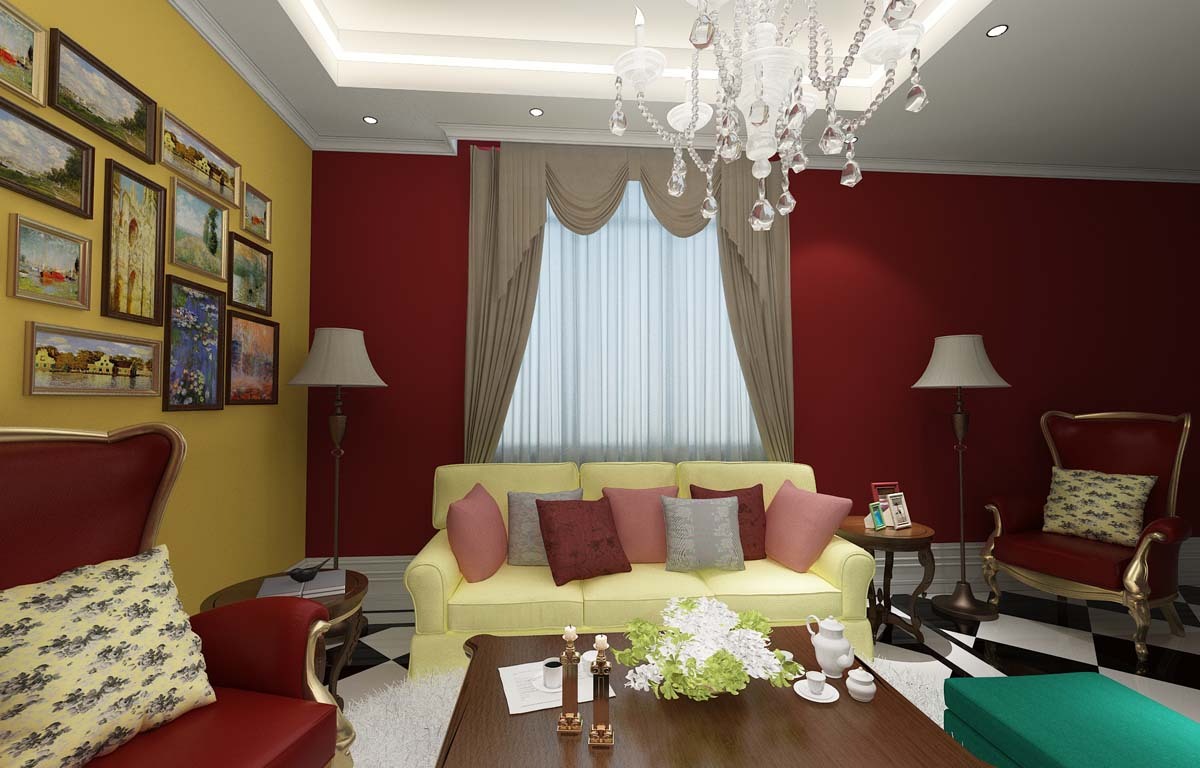
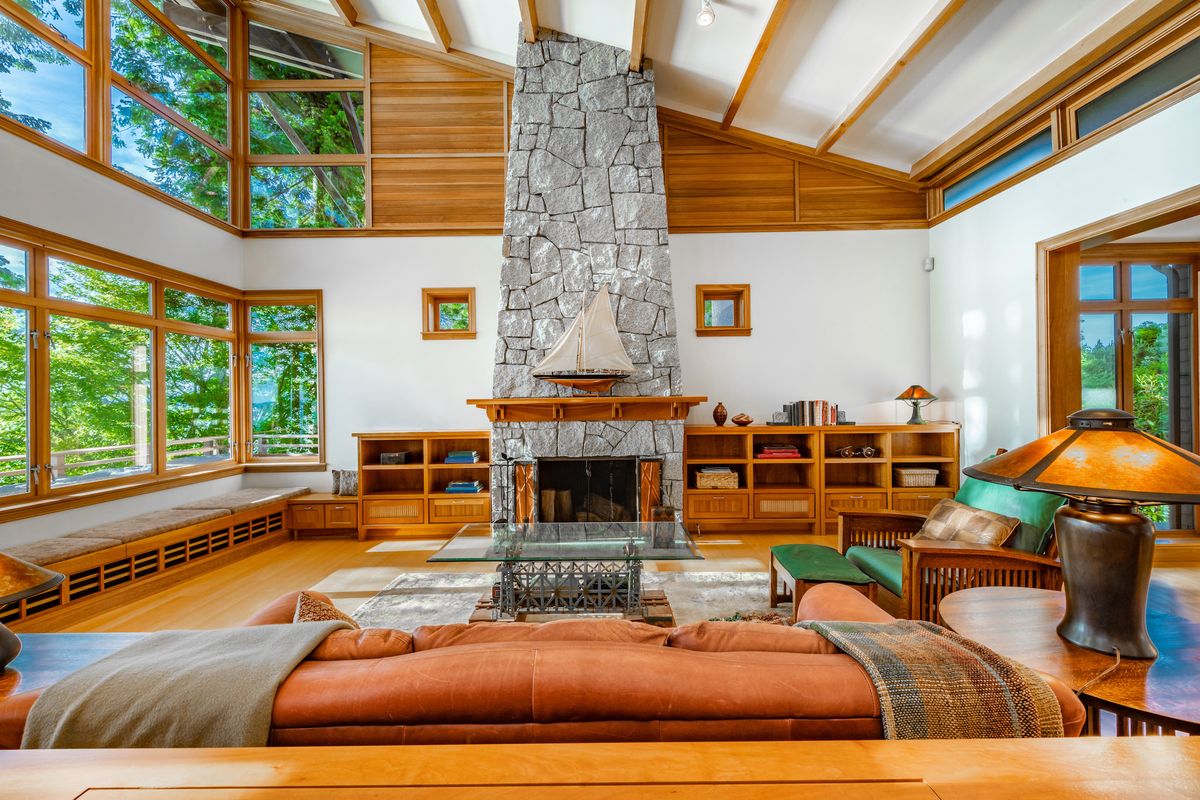
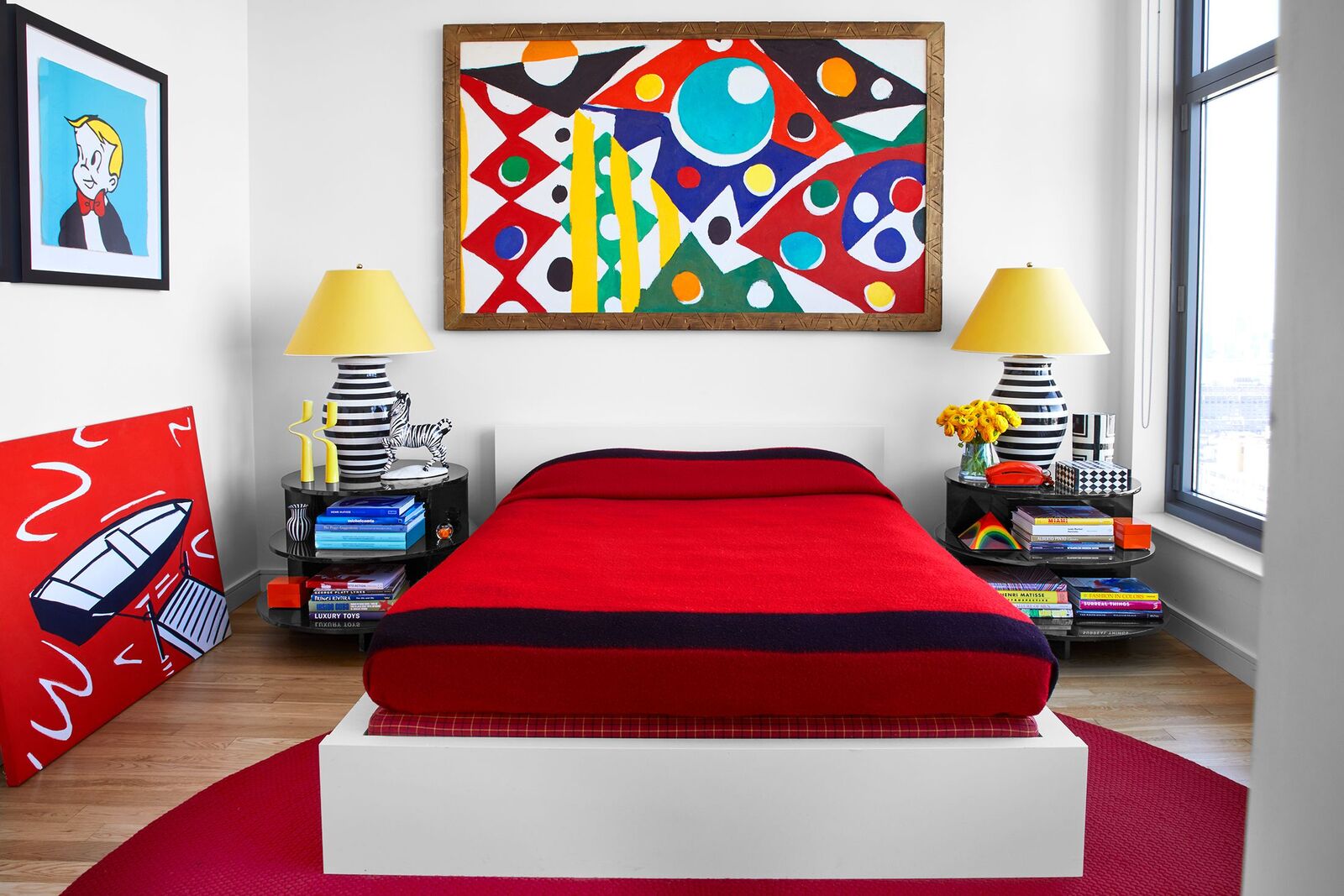
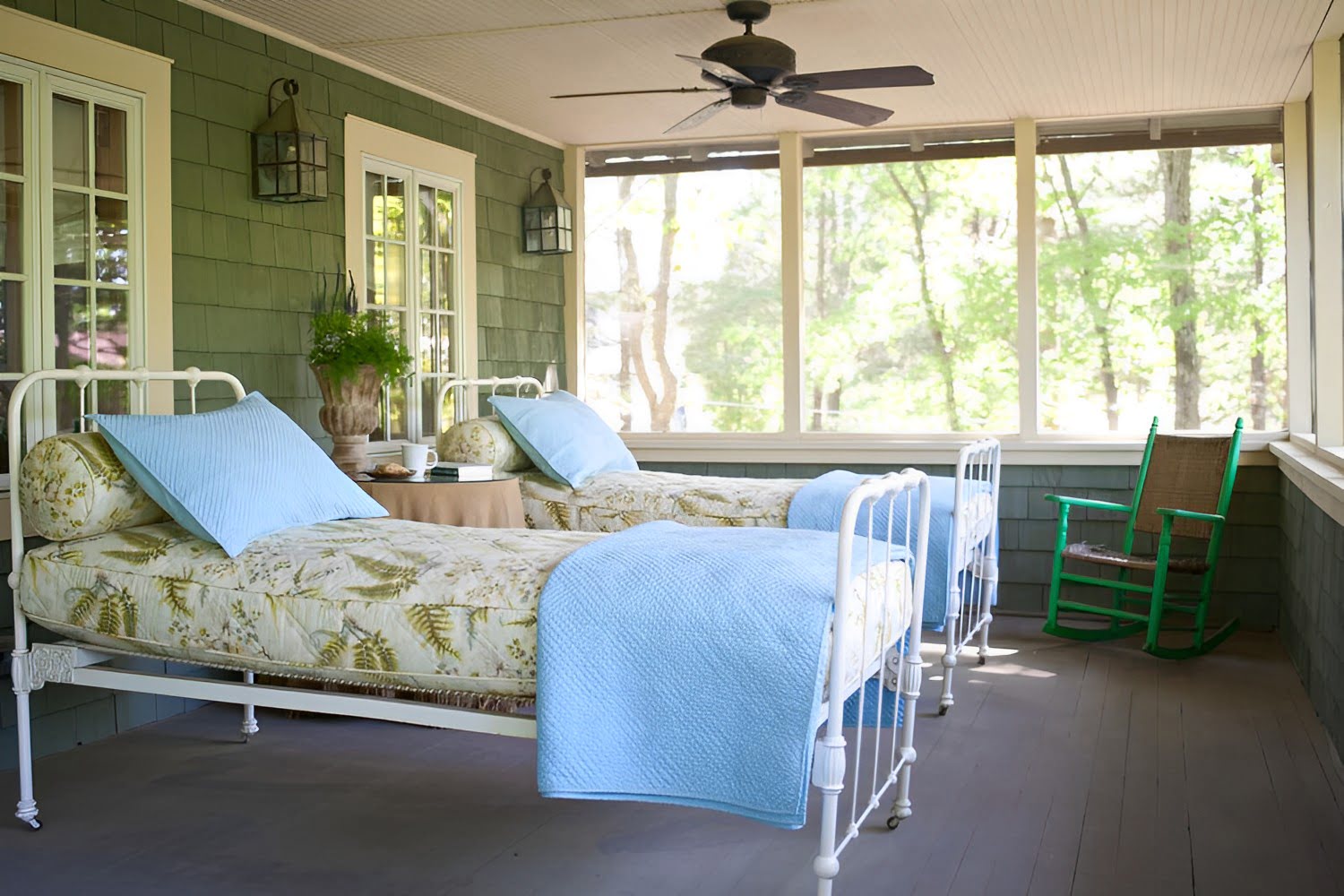

0 thoughts on “The First Thing Interior Designers Notice In A Bedroom”